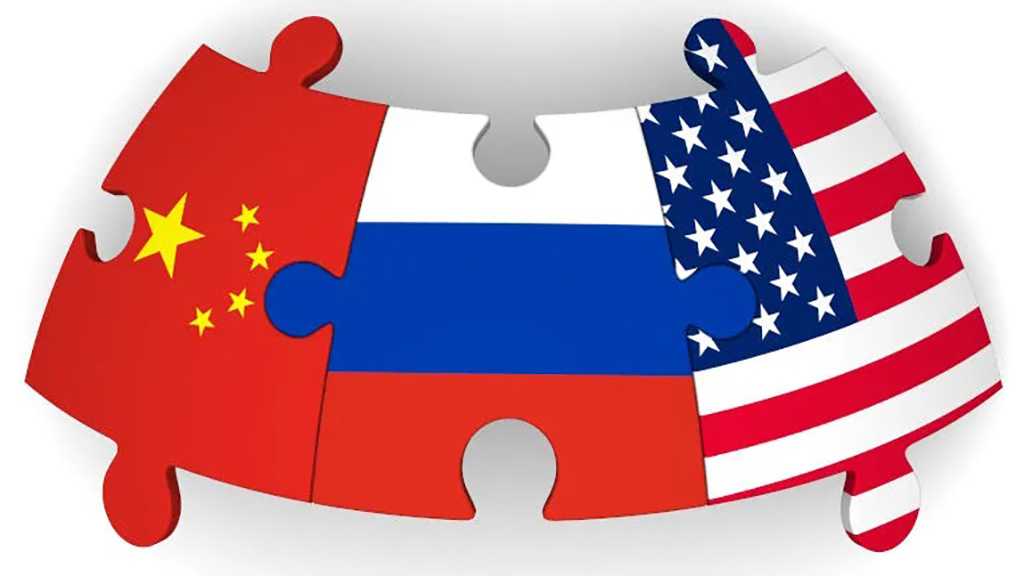By Al-Ahed News

A report by the Bennett Institute for Public Policy entitled “A World Divided: Russia, China and the West” – discusses whether the world, in the wake of the war in Ukraine, is experiencing a similar moment of great power division.
That is, how worldwide attitudes towards the major international powers – China, Russia, and the United States – are shifting in the wake of the Ukraine war, China’s rising assertiveness, and recent challenges to American democracy.
And if the case is as so, the report poses a question: where are different societies situated respective to these countries, and why have they divided as they have?
The report provides answers to the aforementioned by looking at public opinion data from across the world, from surveys asking respondents about their feelings towards geopolitical rivals, and use this to identify when, where and ultimately why this new global divide has emerged.
It does so by harmonizing and merging data from 30 global survey projects that collectively span 137 countries which represent 97% of world population. This includes 75 countries surveyed since the Russian invasion of Ukraine, giving us updated insights into the current views of 83% of all people across the globe.
The report’s analysis covers not only high-income “democracies” – as it calls them – but also a comprehensive coverage of emerging economies and the Global South – revealing a marked divergence between the two.
According to the report, western “democracies” stand more firmly than ever behind the US. It further explains that the war in Ukraine has galvanized “democratic” societies worldwide – as the peoples of upper-income “democracies” in South America, the Asia-Pacific, and Eastern Europe have also moved to a more pro-American stance.
On the other hand, the repost clarifies that the findings across a vast span of countries stretching from continental Eurasia to the north and west of Africa are opposite. Societies that have moved closer to China and Russia over the course of the last decade. As a result, China and Russia are now narrowly ahead of the US in their popularity among developing countries.
While the war in Ukraine has accentuated this divide, it has been a decade in the making, the report points out. As a result, the world is torn between two opposing clusters: a maritime alliance “democracies”, led by the United States; and a Eurasian bloc of illiberal or “autocratic” states, centered upon Russia and China, as the report puts it.
The report concludes that this new cleavage cannot be reduced to simple economic interests or geopolitical convenience. Rather, it follows a clear political and ideological divide.
It adds that across the world, the strongest predictors of how societies align respective to China or the US are their fundamental values and institutions – including beliefs in freedom of expression, personal choice, and the extent to which democratic institutions are practiced and perceived to be legitimate.
The report says it is not possible to say for how long this global divide will endure, but at first glance, it appears fragile. It settles with the conclusion that the outcome of today’s new geopolitical divide is no more certain. However, what is now clear, according to it, is the basis upon which these new lines are drawn.

No comments:
Post a Comment